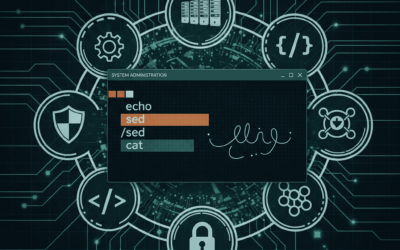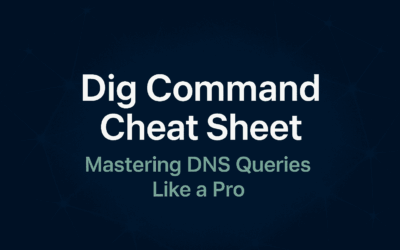Introduction Many WordPress site owners believe that disabling the comment section from the dashboard is enough to stop all forms of commenting. Unfortunately, that’s not the case. Even with the comment form removed from your pages, spambots can still submit comments...
Sandbox99 Chronicles
From My Sandbox to Yours — Practical IT Insights.
Mastering the Shell: A Guide to sed, cat, and echo for Admins
Introduction In the world of system administration, networking, and cybersecurity, efficiency and precision are not just goals—they're necessities. The command line is your most powerful ally, and mastering it can turn complex, manual tasks into simple, automated...
The Unnecessary Service: Disabling LLMNR on Your Public Server
Introduction Running a public-facing server requires constant vigilance, especially when it comes to security. While we often focus on the big-ticket items like firewalls and web server configurations, sometimes it's the smaller, less-known services that can open the...
Fixing Missing Emojis in Debian and Other Linux Distros
Introduction Emoticons—now more commonly known as emojis—first gained mainstream popularity thanks to Apple, which integrated them directly into the iOS and macOS keyboard. They quickly became an essential part of daily digital conversations, allowing people to...
Dig Command Cheat Sheet – Mastering DNS Queries Like a Pro
Introduction When it comes to DNS troubleshooting and querying DNS records directly from the command line, the dig (Domain Information Groper) command is an essential tool for system administrators, network engineers, and penetration testers.This cheat sheet provides...
Grep Command Cheat Sheet – Supercharge Your Productivity
Introduction When you’re working with Linux or macOS, the grep command is one of the most powerful tools in your arsenal for finding text fast. Whether you’re hunting down a config option in /etc, locating error messages in logs, or digging through source code, grep...






